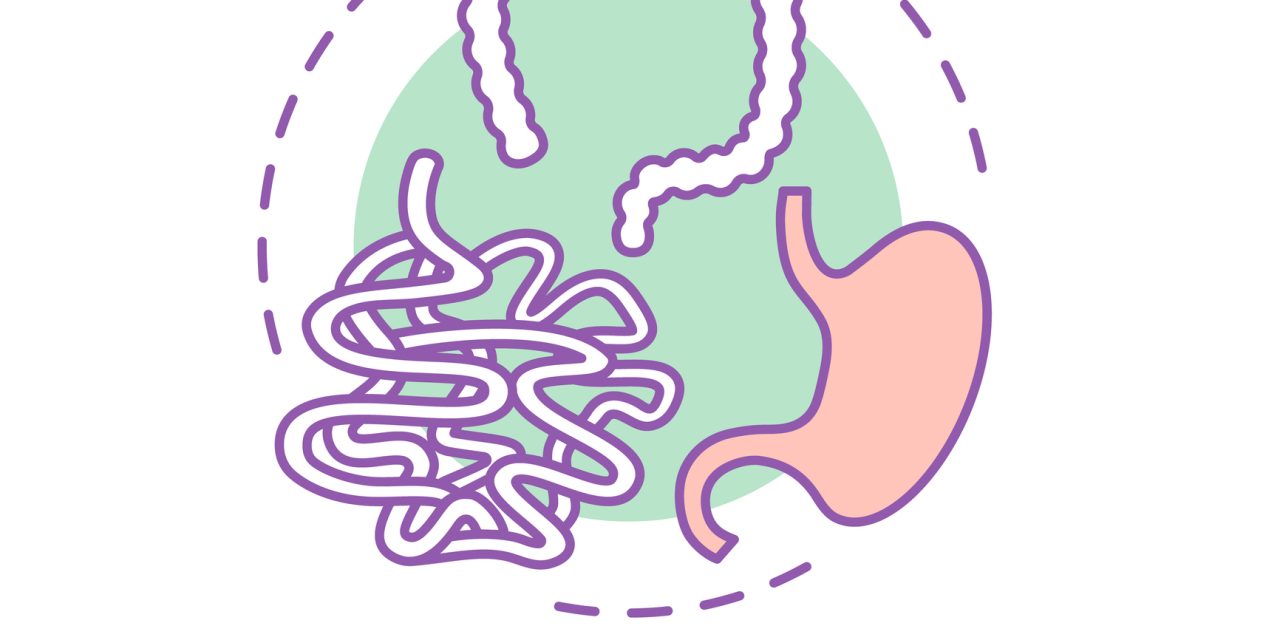The LIR!C trial showed that laparoscopic ileocaecal resection is a cost-effective treatment that has similar quality-of-life outcomes to treatment with infliximab, an anti-tumour necrosis factor (TNF) drug. We aimed to compare long-term outcomes of both interventions and identify baseline factors associated with the duration of treatment effect in each group.
In this retrospective follow-up study, we collected data from patients who participated in the LIR!C trial, a multicentre randomised controlled trial that compared quality of life after surgical resection versus infliximab in adult patients with non-stricturing and immunomodulator-refractory ileocaecal Crohn’s disease. From Jan 1 to May 1, 2018, we collected follow-up data from the time from enrolment in the LIR!C trial until the last visit at either the gastrointestinal surgeon or gastroenterologist. In this study, outcomes of interest were need for surgery or repeat surgery or anti-TNF therapy, duration of treatment effect, and identification of factors associated with the duration of treatment effect. Duration of treatment effect was defined as the time without need for additional Crohn’s disease-related treatment (corticosteroids, immunomodulators, biologics, or surgery).
We collected long-term follow-up data for 134 (94%) of 143 patients included in the LIR!C trial, of whom 69 were in the resection group and 65 were in the infliximab group. Median follow-up was 63·5 months (IQR 39·0-94·5). In the resection group, 18 (26%) of 69 patients started anti-TNF therapy and none required a second resection. 29 (42%) patients in the resection group did not require additional Crohn’s disease-related medication, although 14 (48%) of these patients were given prophylactic immunomodulator therapy. In the infliximab group, 31 (48%) of 65 patients had a Crohn’s disease-related resection, and the remaining 34 patients maintained, switched, or escalated their anti-TNF therapy. Duration of treatment effect was similar in both groups, with a median time without additional Crohn’s disease-related treatment of 33·0 months (95% CI 15·1-50·9) in the resection group and 34·0 months (0·0-69·3) in the infliximab group (log-rank p=0·52). In both groups, therapy with an immunomodulator, in addition to the allocated treatment, was associated with duration of treatment effect (hazard ratio for resection group 0·34 [95% CI 0·16-0·69] and for infliximab group 0·49 [0·26-0·93]).
These findings further support laparoscopic ileocaecal resection as a treatment option in patients with Crohn’s disease with limited (affected segment ≤40 cm) and predominantly inflammatory terminal ileitis for whom conventional treatment is not successful.
None.
Copyright © 2020 Elsevier Ltd. All rights reserved.
Laparoscopic ileocaecal resection versus infliximab for terminal ileitis in Crohn’s disease: retrospective long-term follow-up of the LIR!C trial.


